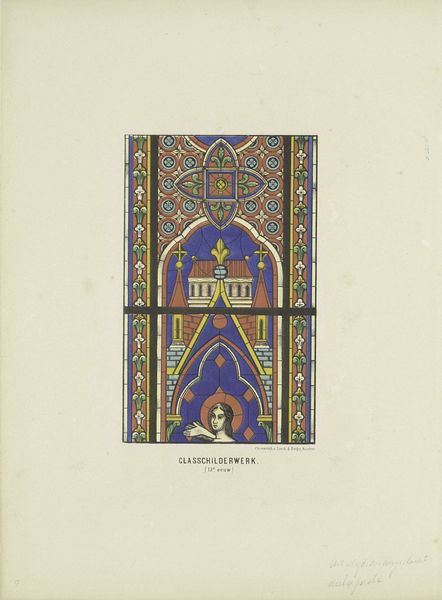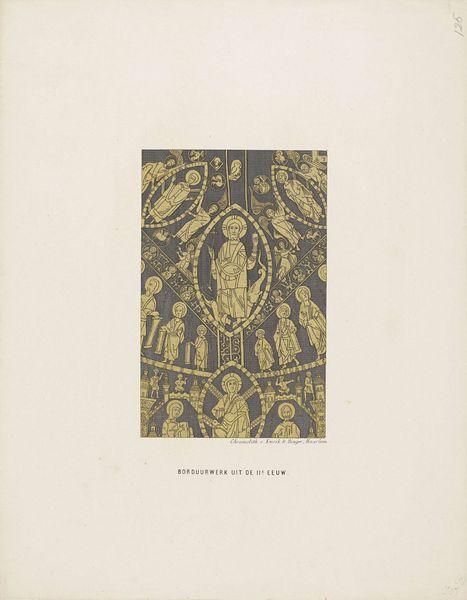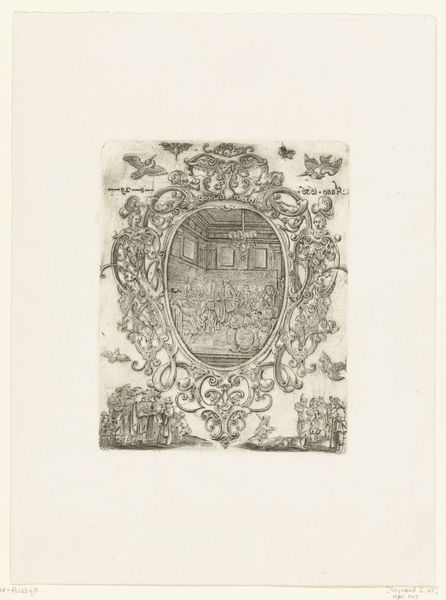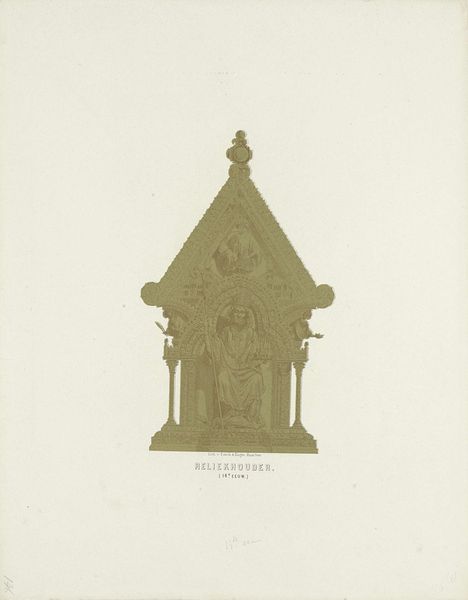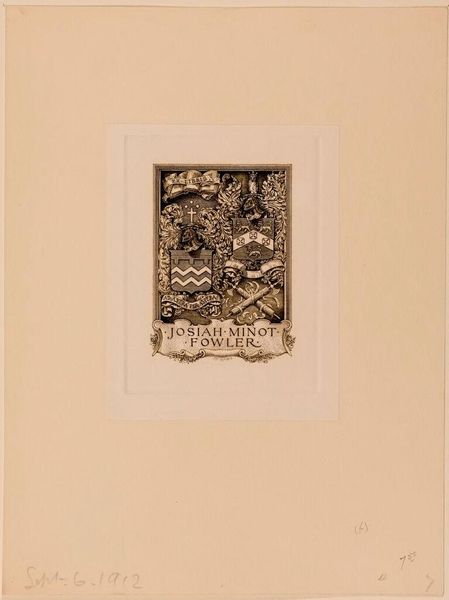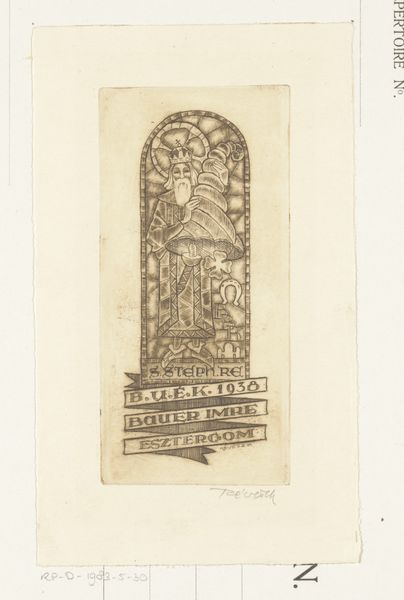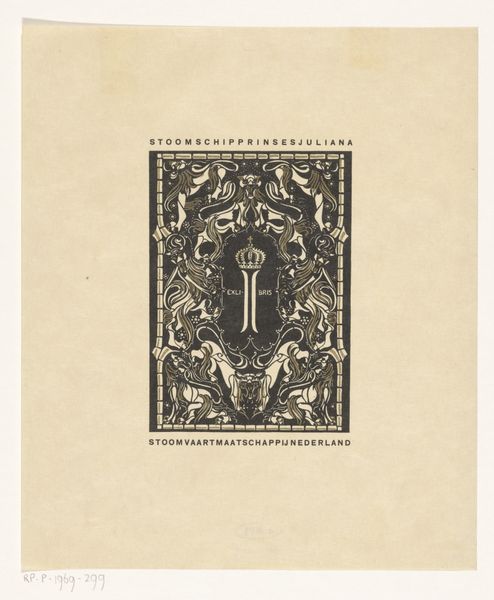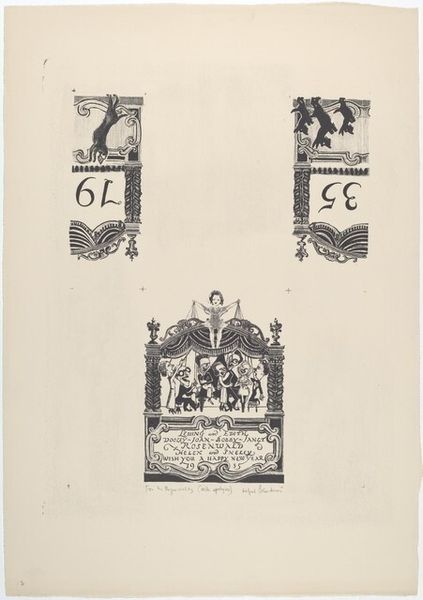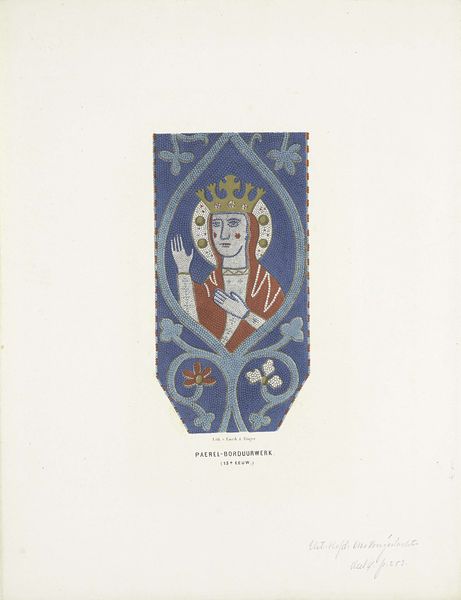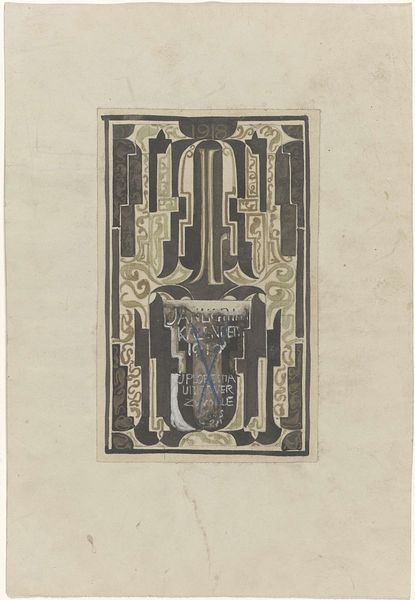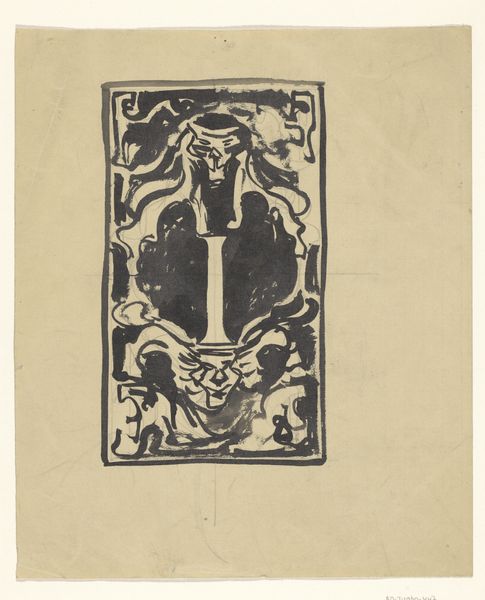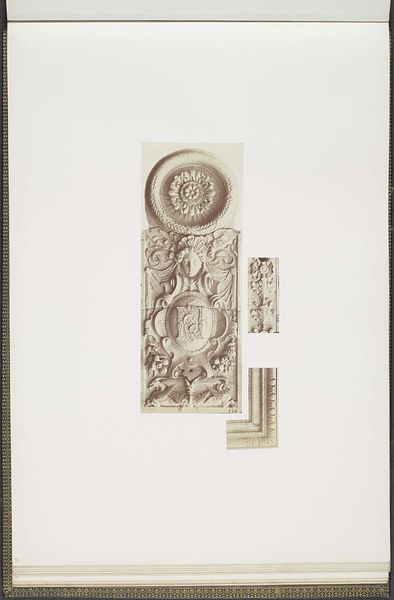
print, fresco
portrait
medieval
fresco
miniature
calligraphy
Dimensions: height 365 mm, width 275 mm
Copyright: Rijks Museum: Open Domain
This silk weave was created in the fifteenth century, possibly in the Netherlands. Silk, a luxurious material historically associated with trade routes and elite consumption, speaks volumes about the culture that produced it. The process of weaving is itself significant. Threads are interlaced to create intricate patterns, with skilled artisans meticulously guiding the weft and warp. The tight weave gives the fabric its strength, while the silk imparts a soft sheen and fluidity. The vivid colors, achieved with natural dyes, further enhance the visual impact. Consider the labor involved, from silk production to the complex weaving process. Textiles like this were not just decorative; they were investments, status symbols, and reflections of a complex economic system. By focusing on these aspects, we appreciate the interconnectedness of art, labor, and society in the late medieval period, challenging the notion that fine art exists in a realm separate from the everyday.
Comments
No comments
Be the first to comment and join the conversation on the ultimate creative platform.
